General Information
| POPULATION | 356,991 thousand |
| LANGUAGE | Icelandic |
| CAPITAL | Reykjavík |
| CURRENCY |
Icelandic króna
|
Fun Facts
- More than 60% of the population lives in Reykjavík
- The national sport is handball
- Iceland was the last place on earth to be settled by humans
- One of the most eco-friendly countries in the world
- 1 in 10 Icelanders will publish a book
Iceland
The Volcanic island of Iceland is part of the Mid-Atlantic Ridge. Intense heat generated deep underground creates bubbling hot springs and mud pools. Iceland has the most solfataras (volcanic vents) and hot springs in the world and many of its towns are heated by underground hot water. Iceland lies in the North Atlantic Ocean and is a European country.
Ethnicity
There are 356,991 thousand people living in Iceland
- 93% Icelanders
- 3% Polish
- 4% Other
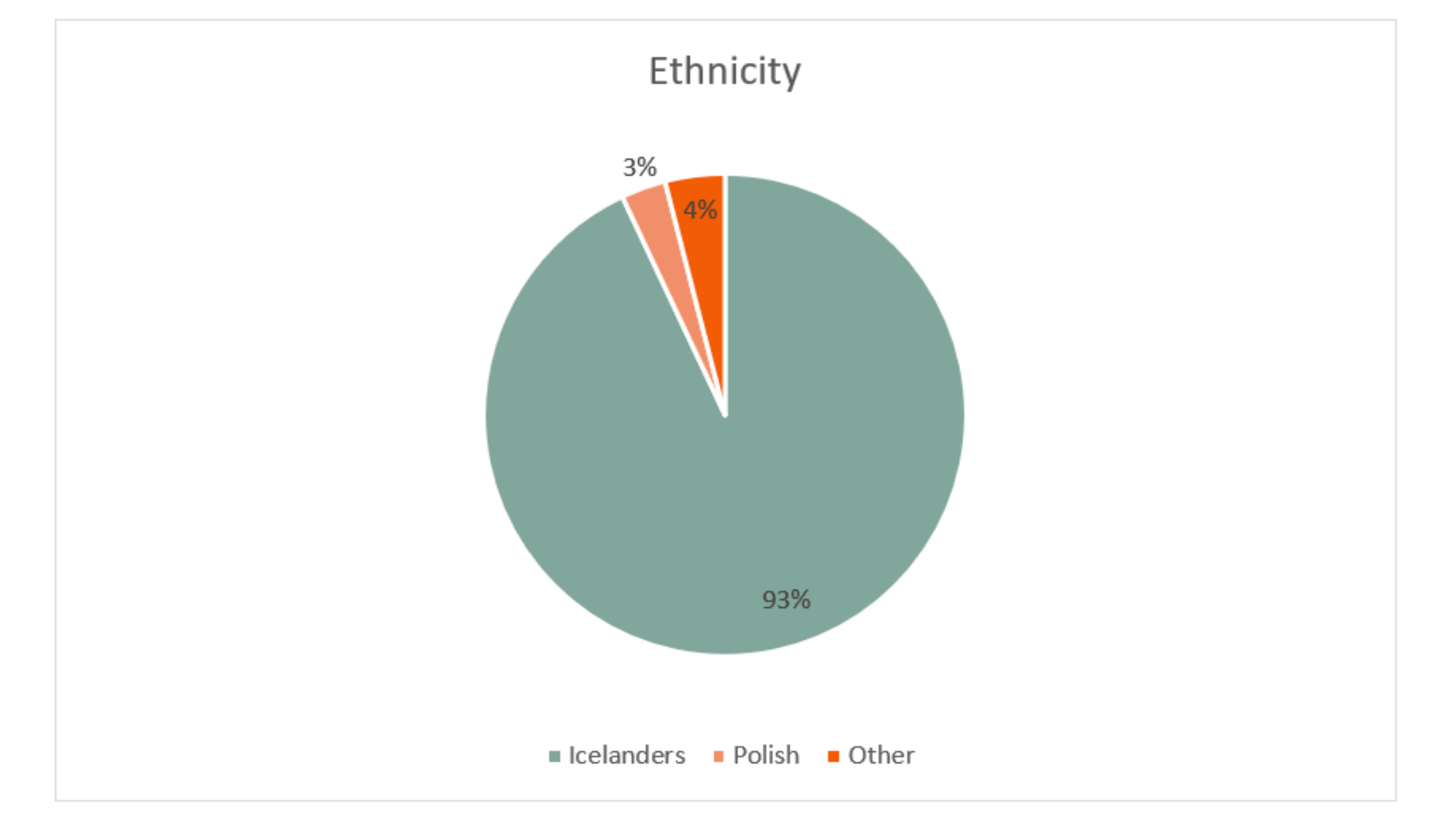
Economy
Iceland’s economy blends an economic structure and free-market values with a comprehensive social system. But for a short time during the 2008 financial crisis, Iceland has achieved strong prosperity, low unemployment, and a remarkably equal distribution of income in recent years. In the last decade, Iceland’s economy has diversified into manufacturing and service industries, software development, and biotechnology. The median age is just 36.5 years old, which is relatively young for such a developing country and thus the average lifespan is 83.1 years. Iceland has the longest workweeks in Europe with 45 hours a week. The poverty ratio in Iceland is among the best in the world.
Food
6% of Iceland is cultivated with food produce, some vegetables that are commonly grown are carrots, rhubarb, rutabaga, cabbage, leeks, potatoes, cauliflower and kale. Hákarl is a Icelandic delicacy which is made from cured shark flesh. Fish is always a part of the daily food intake and is one of the most eaten foods in Iceland. Iceland had a beer prohibition that started in 1915 and ended in 1989, the most popular liqueur is Brennivín which means “Black Death”.
Some traditional dishes can include:
–Svið (Fish)
–Kjötsúpa (Soup)
-Harðfisku (Fish)
–Hangikjöt (Smoked lamb)
Places
Iceland’s entire surface is composed of volcanic rock, the majority of which is basalt. There are 130 volcanoes in Iceland but only 30 are active. Hvannadalshnjúkur the highest mountain in Iceland has an elevation of 2,110 metres. About 11% of Iceland is covered by glaciers. The Northern Lights can be seen in Iceland from September to March. Bathing in volcanically heated baths in the open air dates back to Viking times and is a popular tradition in Iceland. Reykjavík is the most northern capital in the world.
Some cities/towns to visit in Iceland are:
- Reykjavík, the capital full of history and lagoon spas
- Hafnarfjörður, know in Iceland as the “Port Town”
- Akureyri, known for fishing and the nearby fjord
Some places to visit are:
- Hallgrímskirkja, Reykjavík
- The Cave People, Thingvellir National Park
- Diamond Beach, Jökulsárlón
- Blue Lagoon Iceland, Grindavík
- Glymur Waterfall, Thingvellir National Park
History
First Norse settlements on Iceland in the 870’s. The previous occupants were a small group of Irish monks.The first permanent settler was Ingólfur Arnarson, who arrived in the area of present-day Reykjavik with his family in the year 874 AD. For the next 60 years, many of his countrymen fled King Harald of Norway’s reign, and by 930 AD, much of Iceland’s arable land had been cleared. Iceland converts to Christianity around the year 1000. Icelandic culture enters a golden age, creating great works of medieval literature. In 1262 Icelanders recognise the King of Norway as their monarch. The 1700’s were a period of decline in Iceland, with disease, drought, and a volcanic eruption in 1783 reducing the impoverished population from 50,000 to 35,000 people.
In Denmark, the Kalmar Union is established under a single unified king in 1397. As a result, Denmark became the king of Iceland because Norway was a part of the Union. Iceland gains absolute self-government under the Danish crown in 1918. Denmark maintains exclusive authority over international relations. The treaty remains in effect until 1943. World War 2 is when the British occupied Iceland whilst Germany occupied Denmark. Iceland becomes a republic in 1944 and has cut all ties to Denmark. Three cod wars happened between Iceland and Britain in the 20th century. In 1949 Iceland joined NATO.
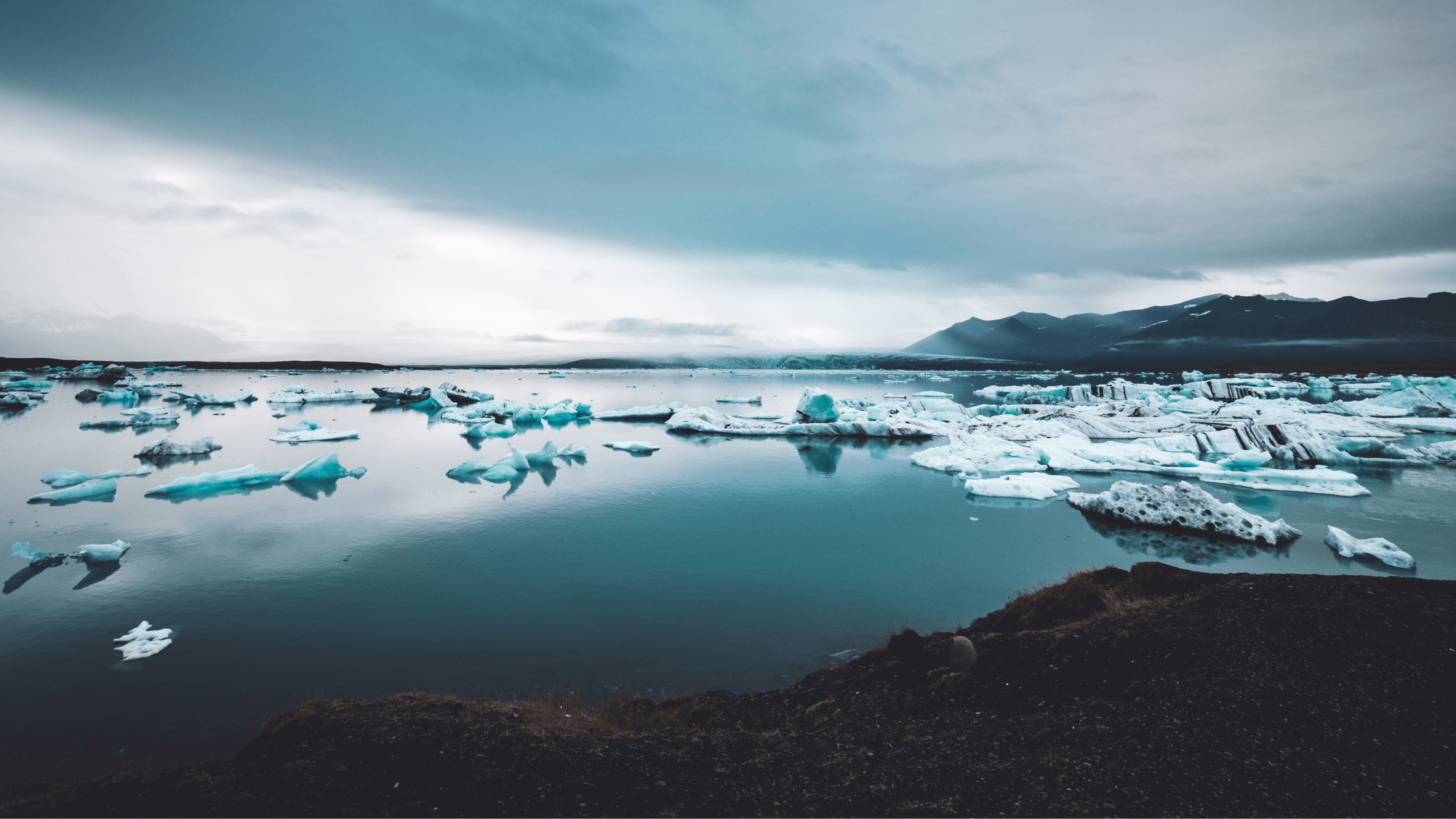
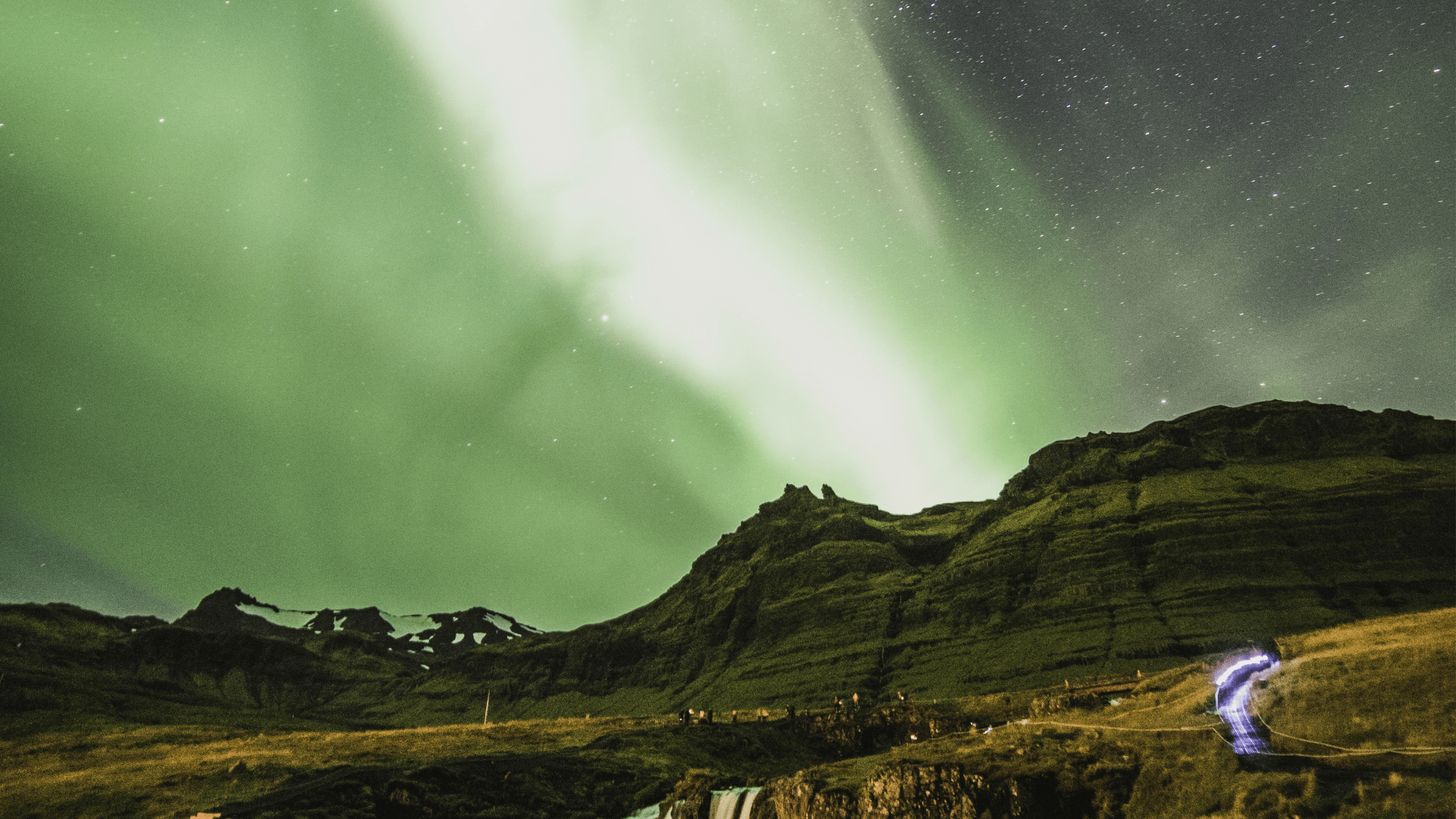
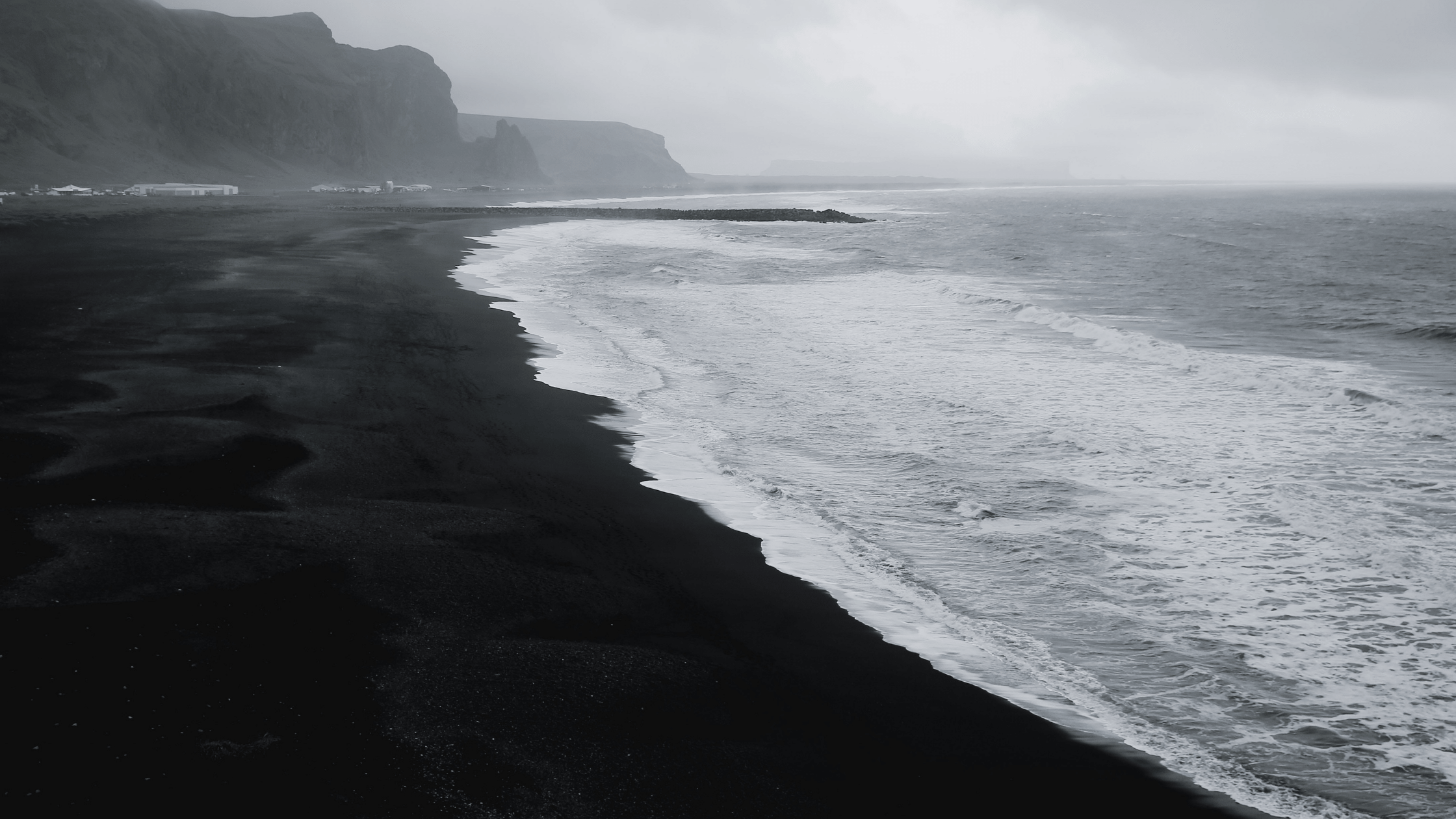
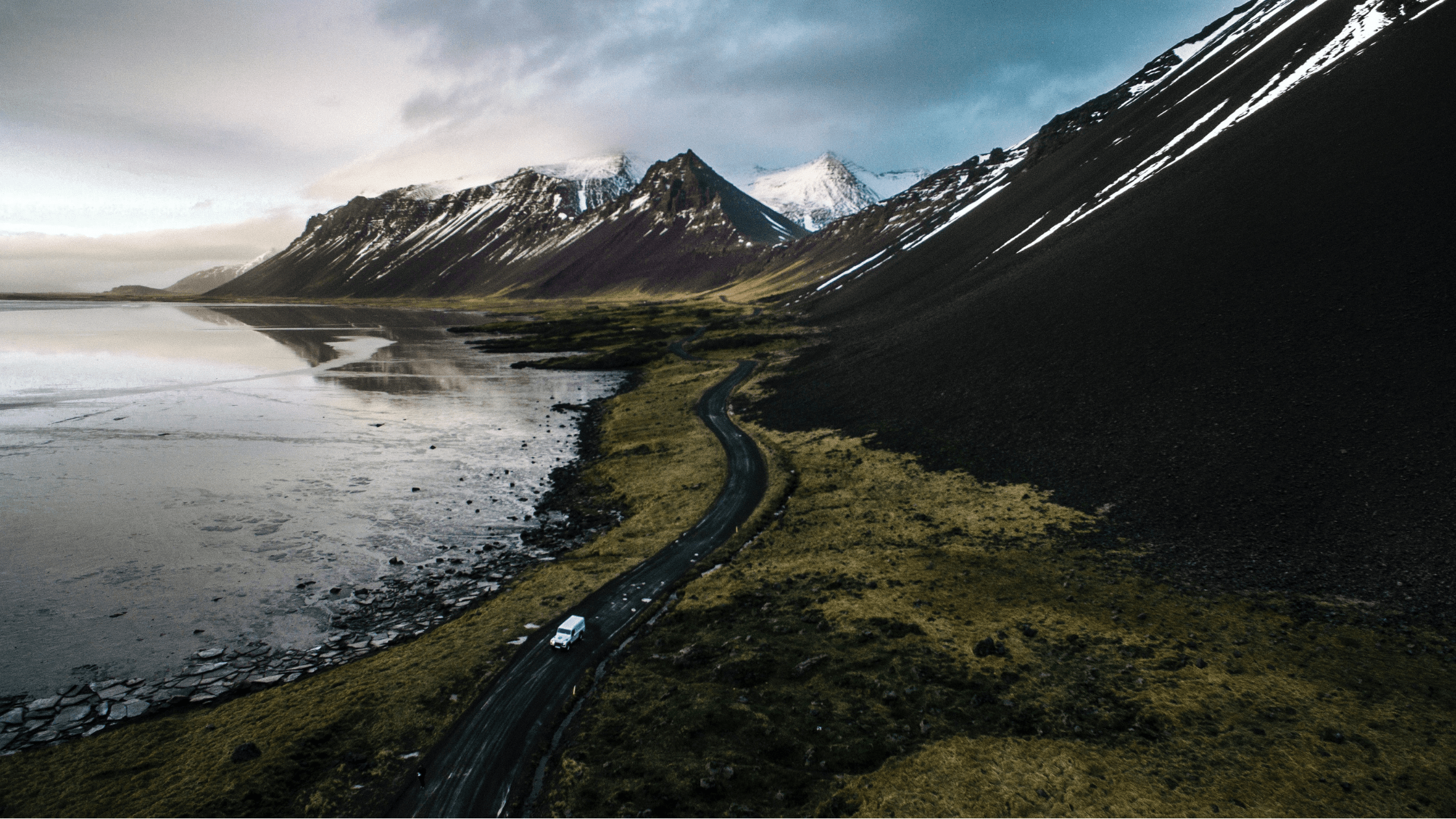
Language Basics
| English | Icelandic |
| Hello | Halló |
| Goodbye | Bless |
| Yes | Já |
| No | Nei |
| Good Morning | Góðan daginn |
| Good Afternoon | Góð síðdegi |
| Please | Vinsamlegast |
| Thank You | Þakka þér fyrir |
| Excuse Me | Afsakið mig |
Published on the 3rd of June 2021
